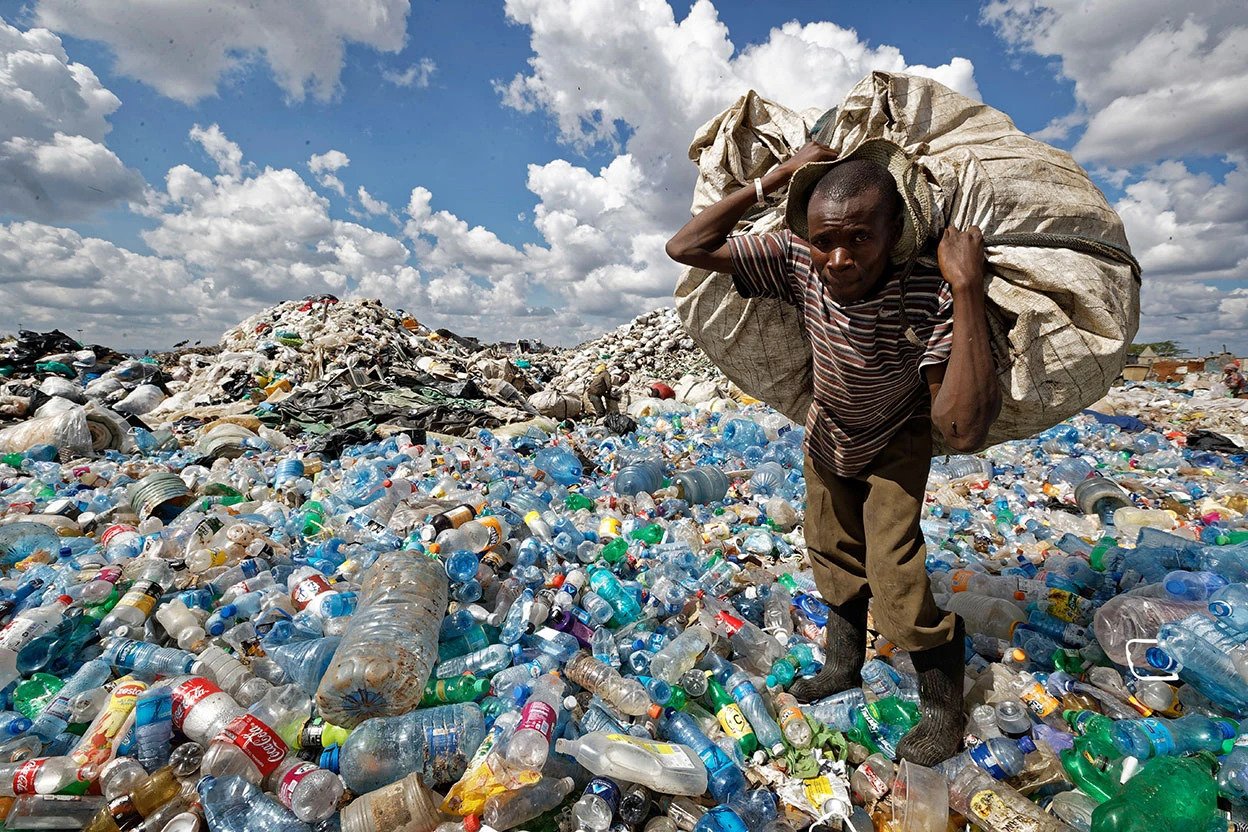Plastic pollution: Three problems that a global treaty could solve
Source: https://www.nature.com/articles/d41586-022-03835-w
Author: Tosin Thompson
Plastic is one of the fastest growing materials and production is on course to double, to more than one billion tonnes a year, by 2050. With that, will come more pollution. This week, delegates from more than 150 countries are expected to meet in Uruguay to begin negotiations for a historic global agreement to end plastic pollution. In March, the United Nations Environment Assembly made a landmark decision to create a legally binding treaty that considers the lifecycle of plastics, from production through to innovative packaging, products and business models. Plastic accounts for 85% of all marine litter. The UN Environment Programme (UNEP) predicts that the amount of plastic in the ocean will nearly triple by 2040, adding 23 million to 37 million tonnes more waste every year. “The vast majority of mismanaged plastic waste that originates on land eventually ends up in rivers and is churned out into oceans,” says Steve Fletcher, who studies ocean policy and economy at the University of Portsmouth, UK, and works with UNEP on plastic issues. The cost of plastic pollution to society - including environmental clean-up and ecosystem degradation - exceeds US$100 billion a year, according to the philanthropic Minderoo Foundation in Perth, Australia. “The cost of inaction against plastic waste far exceeds the cost of addressing plastics”, says Linda Godfrey, a principal scientist at the Council for Scientific and Industrial Research in Pretoria, South Africa.

